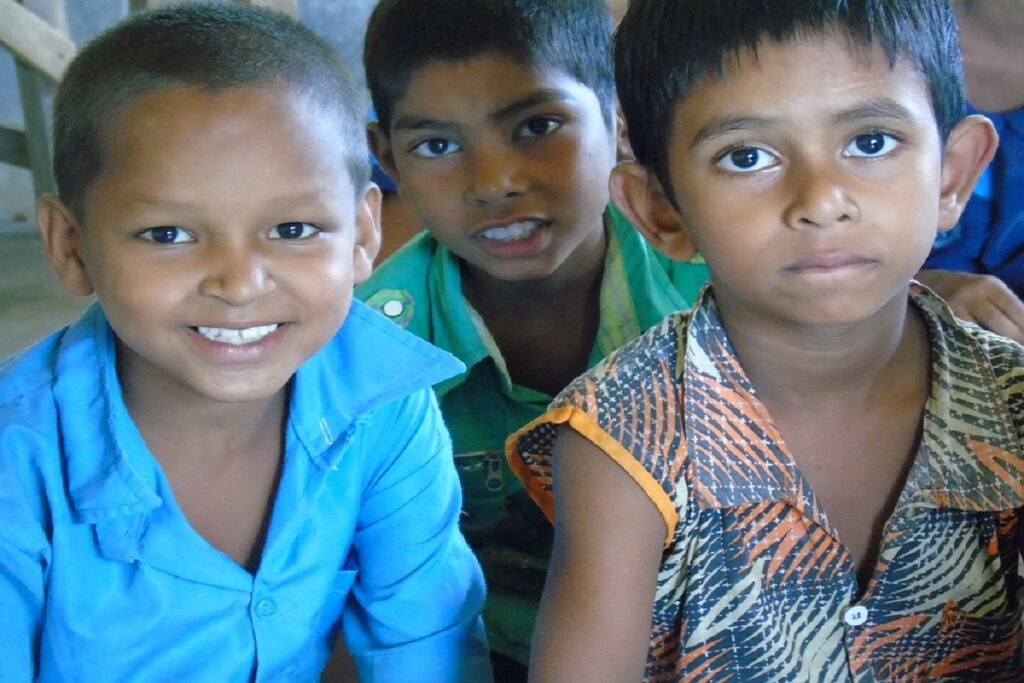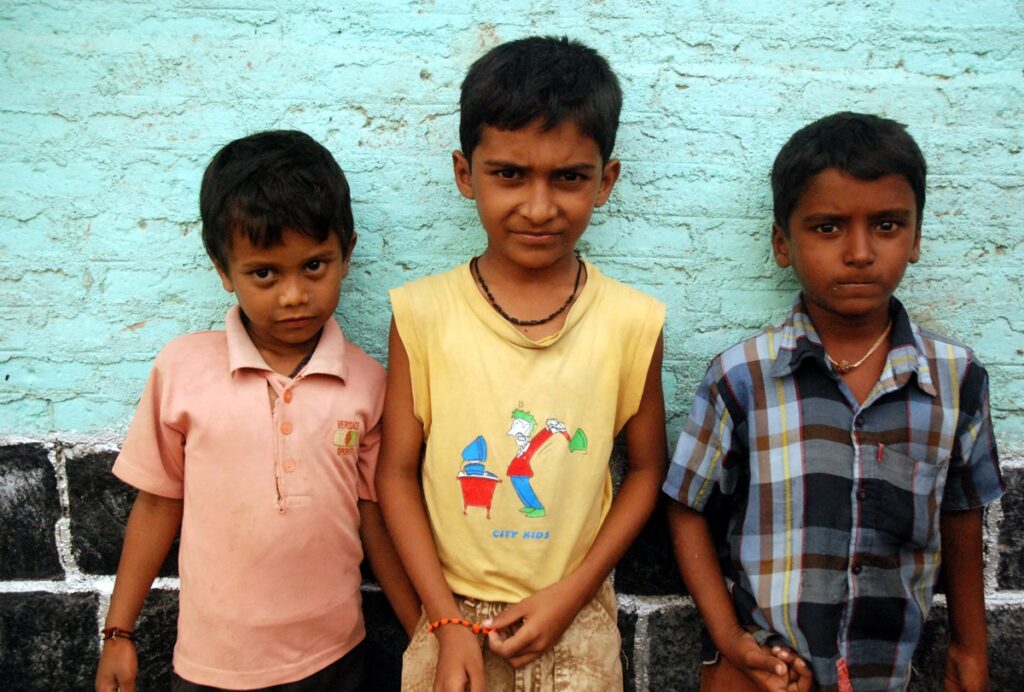
How to Prevent Child Labour in India?
Children are the future of any nation as they are the ones who will grow to brace the nation’s economy in the coming future. Hence, it is the respo....
Read MoreChild labour and poverty are deeply connected issues in India, with millions of children forced into work due to economic necessity. This harmful practice robs children of their childhood, deprives them of education, and traps families in a cycle of poverty. Understanding the root causes of child labour is crucial in addressing this intersection, as the solutions lie not only in rescuing children but also in alleviating the poverty that drives them into labour.

Child labour deepens the issue of poverty by perpetuating a vicious cycle where children who work are denied education, leading to limited opportunities for economic advancement. This perpetuates a state of deprivation that affects not only the individual child but also their family and future generations.
For many families living in poverty, child labour is seen as an economic necessity. With limited income, parents often rely on their children to contribute to the household's survival. This short-term solution, however, leads to long-term consequences, as these children grow up without any skills or education that are needed to break free from the poverty trap.
One of the root causes of child labour is the lack of access to quality education. When families cannot afford school fees or when schools are too far from home, children are more likely to drop out and enter the workforce. This lack of education perpetuates the cycle of poverty, as uneducated children grow into adults with limited employment opportunities.
The cycle of poverty is both a cause and a consequence of child labour. Children from underserved families are more likely to be sent to work, and as they grow up without an education, they remain in low-paying, unskilled jobs. This, in turn, keeps their families in poverty, forcing the next generation into the same cycle.
Child labour has severe health implications, contributing to the cycle of poverty. Children engaged in laborious work often suffer from malnutrition, physical injuries, and long-term health issues. Poor health further limits their ability to escape poverty, as they struggle to maintain consistent employment or perform well in school.
Children involved in labour often face social marginalization, which further embeds them in poverty. They are excluded from social and educational opportunities, leading to a lack of social capital and networks that could help them improve their circumstances. This marginalization can also lead to stigma and discrimination, making it even harder for these children to break free from the cycle of poverty.
To address the intersection of child labour and poverty, a multifaceted approach is required. It involves not only removing children from labour situations but also addressing the root causes that led them there in the first place.
Ensuring access to quality education is key to breaking the cycle of child labour and poverty. Educational initiatives that focus on making school accessible and affordable for all children, particularly those from impoverished backgrounds, are essential. Programs that provide free or subsidized education, school meals, and transportation can help keep children in school and out of the workforce.
Providing economic support to families is another crucial step in addressing child labour. Programs that offer financial assistance, vocational training, and income-generating opportunities for parents can reduce the economic pressure to send children to work. By improving the overall economic stability of families, children are more likely to stay in school and pursue a better future.
Strong legislation and enforcement are necessary to combat child labour. Laws prohibiting child labour must be accompanied by effective enforcement mechanisms to ensure compliance. This includes regular inspections, penalties for violations, and support for families to transition their children out of work and into school.
CRY – Child Rights and You has been at the forefront of the fight against child labour in India. Through its interventions, CRY works to address both the immediate and root causes of child labour. CRY’s initiatives include:
Through these comprehensive interventions, CRY is working to break the cycle of child labour and poverty, ensuring that every child has the opportunity to lead a healthy, educated, and empowered life. Join us in our fight against child labour. Your donations will help rescue child labour victims, provide them with education and create a safer future for them.